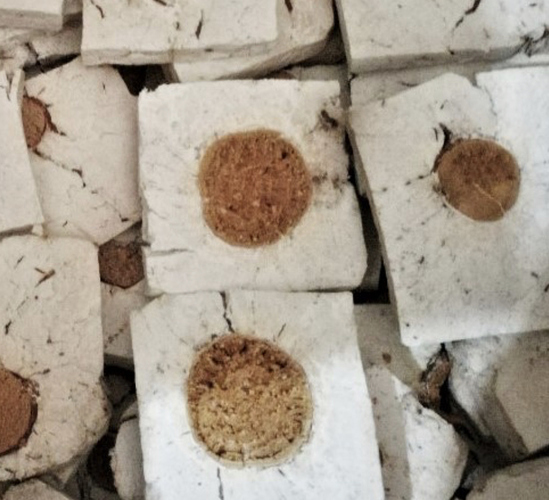A lot of people ask about tinnitus and the effects of pemf for tinnitus in general. This has been going on for years as far as I know, and people have been asking me questions, so I’m led to believe that tinnitus is a much more pervasive health problem than is generally appreciated.
I did post a few comments about this elsewhere, but I can say that as far as I know, ICES-PEMF has variable effects from individual to individual on tinnitus. basically, in my experience because I also tried it for tinnitus on myself, I found that it seemed to make things worse a little bit but the effects were temporary. Several other people who use ICES regularly told me the same thing: Their tinnitus got a bit worse until they stopped using ICES, and then it returned back to their baseline state. Some people who are experts with PEMF have told me that you just simply have to keep applying it until the benefits occur and that initially with pemf sometimes you have a mild negative effect followed by a long-term positive effect. For some applications of PEMF this may be true, but I never tried ICES on tinnitus long enough to see any indication of this.
So I think as far as tinnitus is concerned, whether or not it is helped or made worse by ICES, this remains an open question. I do know that many other pemf manufacturers and marketers claim that their system will cure tinnitus (and everything else), but I would just view any such claims with cautious skepticism. I’ve never seen any reliable scientific information on this topic. But theoretically I could see it either way: either there’s a general benefit to the inner ear from pemf, or the possibility that magnetic pulses that are applied so close to the ear may cause more problems with the hair cells in the ear. Scientifically I have to say I simply don’t have enough information to have a strong opinion either way on this topic.


